LIMA
Days spent: 4
Days recommended: depends on how hungry you are!
Where we slept: private room in immaculate designer furnished Airbnb flat in Miraflores, hosted by Miguel.
What we ate: awesome sandwiches and 1 kg heavy almond croissants (not joking) @ the hipster friendly bakery and cafe El Pan de La Chola. All you can eat delicious sushi rolls with a Peruvian touch at Oceanika, ceviche and tiradito (raw fish cut in the shape of sashimi in a spicy sauce) at the local favourite La Canta Rana, in Barranco, and at the last charismatic but equally mouth-watering La Choza Nautica. Anticuchos (chewy cow heart’s kebabs) and picarones (doughnuts made out of squash and sweet potato) at Rasson Brasas. Gourmet talian food at the hyper pretentious Rafael (we got highly recommended to go there by some Italians we met in a cafe, who forgot to mention how fancy and expensive it was. The food was delicious but not worth the awkward awareness of being the only sweaty backpackers in a restaurant otherwise packed with posh suited up clients). Cakes at La Bodega Verde, which, surprise surprise, is set in a garden and more maracuja cakes from street vendors. I guess that’s it…
What we drank: Peruvian brewed beer (Cusqueña and Cristal), Inca Kola (a bright yellow soft drink with a bit of a chemical taste, made with lemon verbena), chicha morada of course and freshly made lucuma shake at a local’s market.
How we travelled: after risking our lives on a bus while travelling to Arequipa, me and Isa checked for internal flights and found a bargain. The flight takes 75 minutes (when, by bus, it would be about a 12 hours trip) and gives you an interesting drone view of the Peruvian capital’s barren and vast surroundings and not so attractive brownish harbour waters. We really had no clue that Lima was the second driest city in the world, after Cairo in Egypt. In Lima we travelled by public transports and took several Uber at night. Mostly we walked.
Km walked: 55
How Lima affected our wallets: Not much. Even food is very affordable.
Issues we encountered: Again, none. And, with the exception of the area bordering Lima’s historic centre, we felt generally very safe. Truth to be told, don’t venture out of the 5 safe districts of Lima, which are the ones of touristic/cultural relevance, and you will avoid dangers.
Would we recommend it? I’m not 100% sure if it was because of the incredible low expectations that fellow backpackers had given us during the journey, but Lima really surprised us in a positive way. We fell for its summery chilled vibes and warm weather (especially after the previous weeks of almost constant freezing in Bolivia and Peru), for its immaculate promenade, its mix of modern and antique but, mostly, for its spectacular culinary selection.
Analogue tips: I had shot more than 20 rolls since the last time I paid a visit to a lab in Buenos Aires, and I was starting to feel nervous about carrying them around. I suddenly remembered about a Lomoguru originally from Lima, Qrro, and got in touch with him to find out about lab options. Profesa was his immediate answer, a lab with an out of time atmosphere, run by two film professionals. The job these two gentlemen did with the development of my films was simply flawless.
What to do:
- Stroll along the maniacally clean and decorated promenade of Miraflores, zig zag through the dog sitters and lazy joggers and marvel at the hundreds of paragliders above your head. And when your feet start to hurt (it will happen), take a break for an ocean-view drink or snack in the cheesy Love Park, or opt for some window-shopping at the strategically positioned Lancomar. This Côte d’Azur-like cliff bordering promenade was without any doubt the last thing me and Isa were expecting to see in Lima.
- Make a fool of yourself in a reggaeton club in Barranco. On our first night out, after stuffing ourselves with sushi rolls, we took a cab (5 seats, 7 people) to Barranco’s celebrated night scene. A friends’ friend, Diego, took us to El Dragon, a locals’ Mecca for reggaeton. What can I say? Embarrassing is not enough to describe mine and Isa’s stiff dance floor performance. Especially when compared to everybody else’s extreme and perfectly nailed booty shaking or body contact. Some people have it in their blood. Clearly not us.
- Huaca Pucclana, a majestic and very well preserved clay pyramid belonging to the Lima Culture society right in the centre of Miraflores. Here we first came across the Peruvian Inca Orchid, a traditional hairless dog breed, which really resembled the zombie dogs seen in “I Am Legend”. Not a big fan…
- Lose yourself in Barranco’s vintage/designers markets, small art/book shops and graffiti scene. If you search patiently you can find some very affordable unique pieces, and make the day of their creators! Isa was asked to pose by an incredulous emerging fashion designer after she bought a pair of colourful shorts with a flower pattern. It turned out she was her first client!
- Centro historico. As usual, we opted for a free walking tour for that extra bit of insights on Peruvian politics (gosh, even this country is quite messed up…) and traditions (did you know that alcohol is illegal during the elections? or that, at specific time of the year, water is replaced with pisco in Plaza Mayor’s fountain?). Following a very typical South American trend, Lima’s historic centre didn’t quite match with the fancier coastal neighbourhoods of the city. It looked definitely more rough and quite neglected. However, there’s a hint of melancholy in the air which is very charming. You can find it in the old empty hallways of the once glamorous post office, in the dusty collectors vintage porn magazine shops, or in its dwellers slow manners and wrinkly faces. Definitely worth a visit!
- Make the most of Lima’s reputation as South American gastronomical epicentre. It’s deserved.
- Get a fresh shake at the indoor local market in Miraflores. Bordering a not so safe district, this traditional circular shaped food market was another one of my South American favourites. Much better spending some time here rather than at the infamous Mercado del Indios, a whole complex of so-called handicraft shops, which turned out to be a proper tourist trap.
Things we missed: the #1 restaurant in South America: Central. Everything was already booked when we tried to make a reservation.
Who deserves a big thank you: Steffie and Wilem, for introducing us to their friends and allowing us to experience a typical night out in Lima.
MANCORA / PUNTA SAL
Days spent: 1 + 1/2
Days recommended: depending on what you like. If you’re a surfer you might actually want to spend here a bit longer. Otherwise you can just use it as a stopover. We booked two nights there but decided to shorten our stay.
Where we slept: beach bungalow at La Casa de Sebas, Mancora. Sounds definitely cooler than it was. Rain indoors directly on our mattress and the hungriest mosquitoes of South America buzzing in our ears throughout the night. Not to count the walk across the “mud” (ok, let’s call things as they are: human s###) in order to get there through the shabby flooded village of Mancora. Of course the fact that it had been raining for days didn’t help, but c’mon, wading through an open sewer?
What we ate: causa and chicharrones de pescado (fish crackling) @ the ultra posh, suites del Mar, next to the ocean, burritos in Mancora’s tacky main street, more ceviche @ the dreamlike Punta Sal resort and tuna based dishes, a real orgasm for our tastebuds, @ the unmissable, tiny and artsy La Sirena.
What we drank: smoothies and cocktails
How we travelled: 20 hours overnight semi-cama bus journey from Lima. By tuk tuk and by foot once in Mancora. You can get to Punta Sal in 30 minutes with a local bus, or you might try to hitchhike.
Km walked: 20
How Mancora / Punta Sal affected our wallets: the accommodations can get more expensive than in other places. In Punta Sal especially.
Issues we encountered: just related to the rainy weather. Embarrassingly enough, we managed to get sunburnt anyway.
Would we recommend it? Punta Sal, yes. Mancora, totally not. Not very much into sea towns, popular amongst young backpackers for cheap alcohol and drugs. On the famous surfers’ beach we first saw a group of people puking in the water and then almost stepped on a dirty diaper… Plus, the infrastructure doesn’t live up to this place’s touristic reputation.
What to do: get out of Mancora and jump on a bus to Punta Sal! There, walk along its beautiful beach until you reach a spot that you like. It won’t take long. In our case, we stopped by a jaw dropping and isolated resort by the ocean. We had lunch there and decided to benefit of its comforts by pretending to be paying guests. We spent the whole afternoon chilling at the pool, sunbathing by the shore, playing with the ocean waves and getting spoiled with fresh fruit shakes and banana chips.
Creepy insight: while strolling on Punta Sal’s solitary beach we bumped into the carcasses of a sea turtle and of a huge sea lion.
Things we missed: a surf lesson in Mancora.
Who deserves a big thank you: Daniel for recommending us to check out Punta Sal. Kevin and Katharina for meeting us again after parting ways in San Pedro de Atacama.
Canon EOS 300, Fuji Pro 200 (35)
LC-A+, Lomochrome Purple 100-400 (35)
Olympus OM-1, Fuji Velvia 50 (expired) / Kodak Pro Image 100 (35)
28/01/2017-02/02/2017, Lima and Punta Sal (Peru)

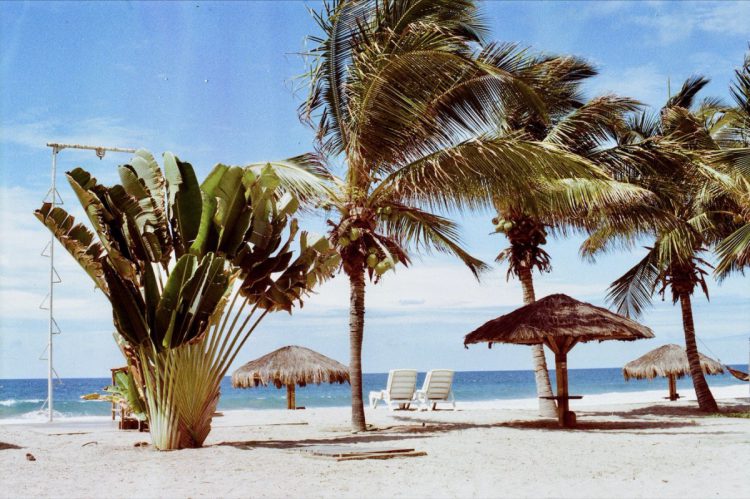
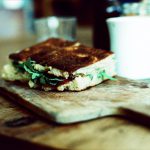
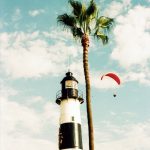

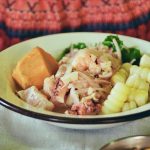
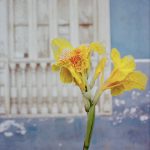


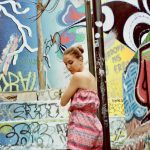

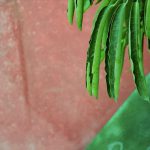






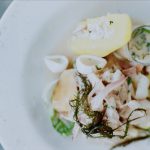





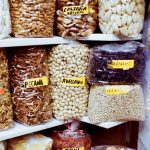
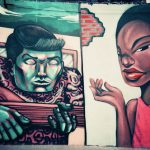

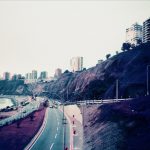
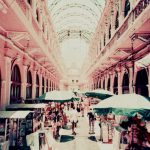
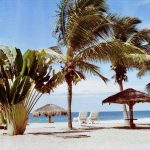




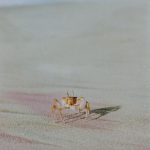
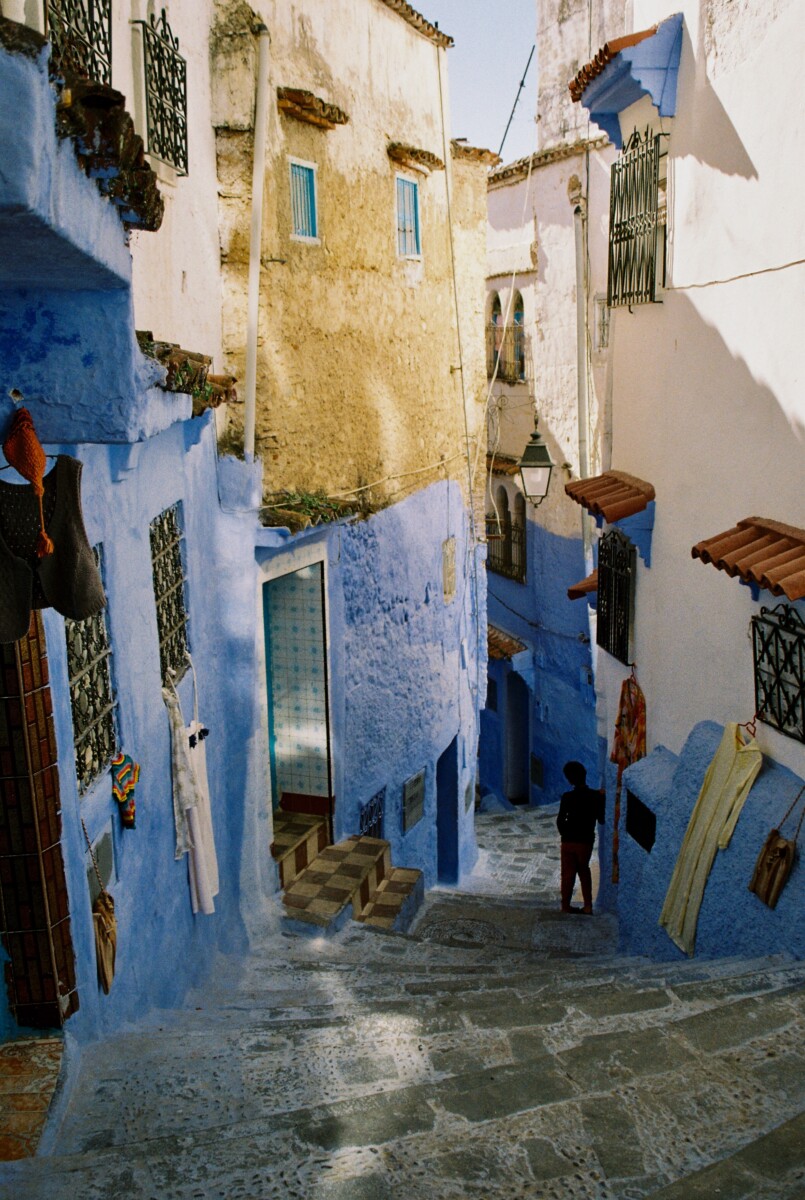
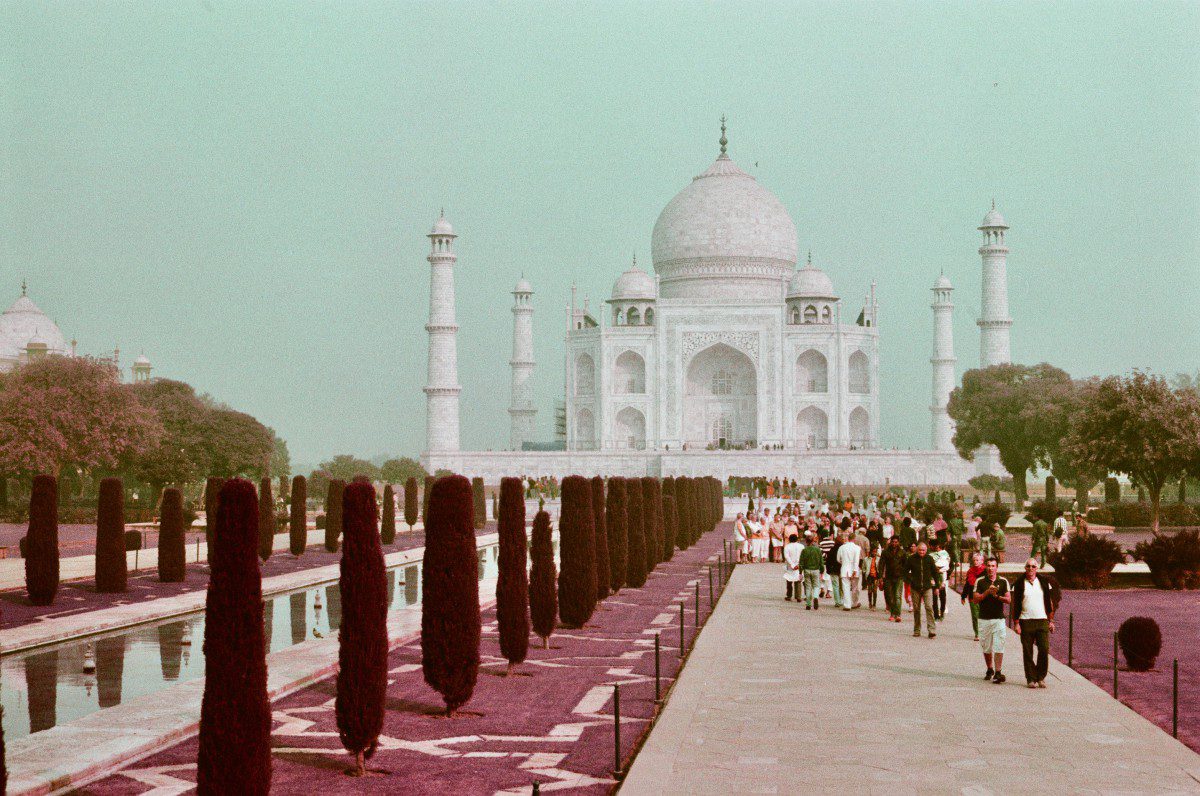
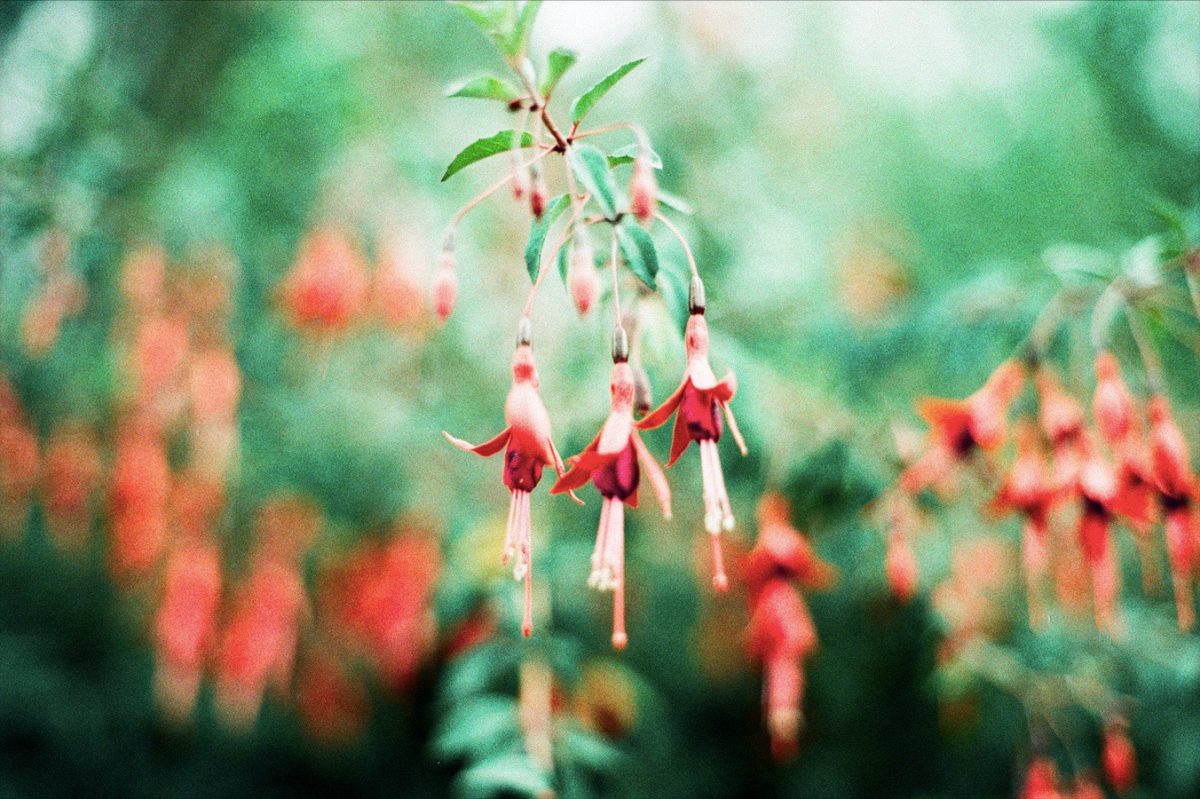
Leave a Reply